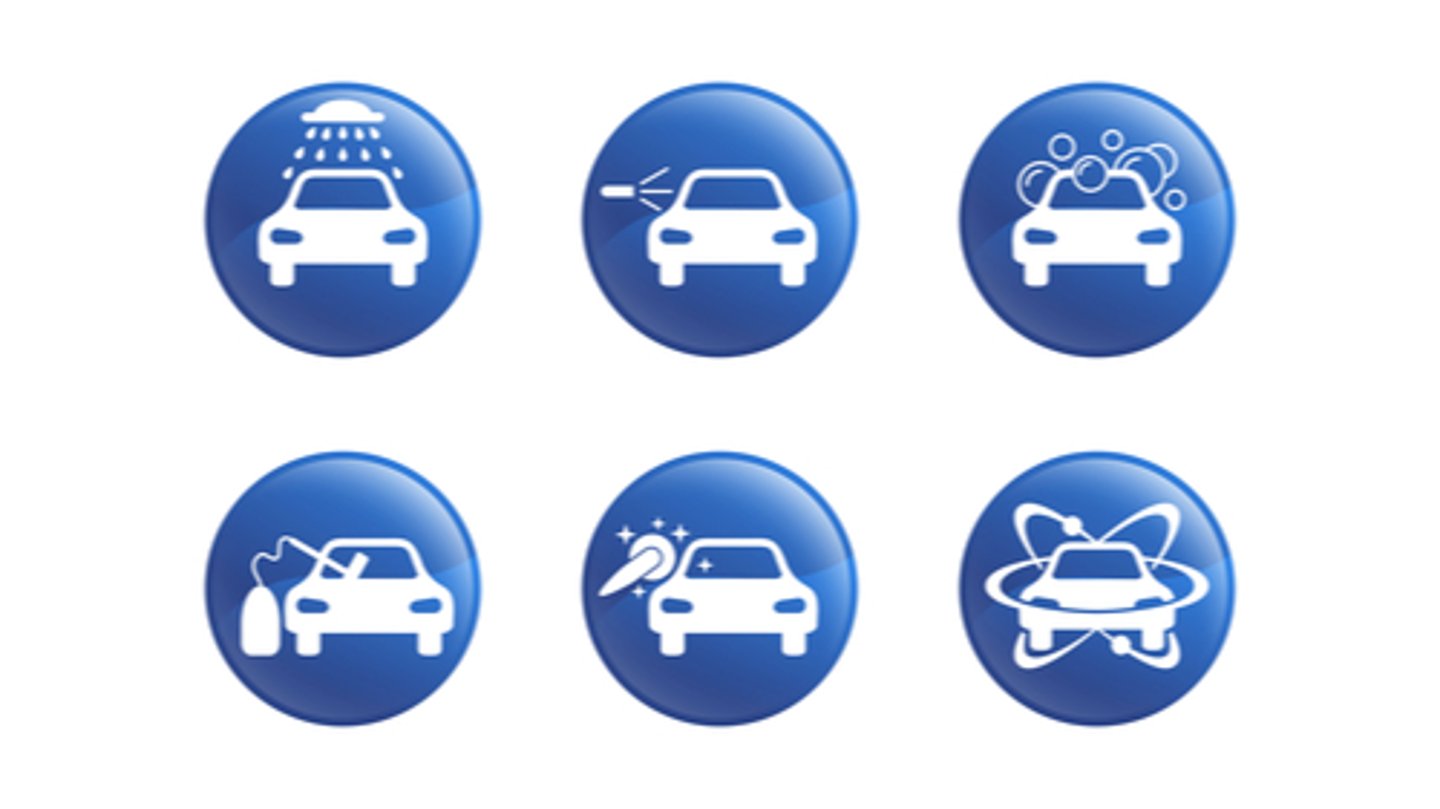Car wash chemistry has come a long way
Car wash chemistry has come a long way over the years. Greener, value-laden chemicals have removed many of the hazards of old-school products. Indeed, today’s range of waxes and cleaning agents allow operators to use less to achieve more for their customers.
Today’s car wash chemicals are available in super concentrated formulations that cost less to transport, take up less room in storage and mechanical areas, and offer less cost per application than in the past. Car wash detergents and waxes cost operators between 5% and 7% of the wash package price. This value translates into around 0.40 cents to $1.50 per application at the car wash, depending on the package.
“Efficiency in all aspects of car wash chemicals has gone through the roof,” says NCS vice-president Western sales, James Trevino. He mentions industry-wide performance and usage trends have been undergoing rapid change.
NCS is now the industry leader following a series of acquisitions that saw them take on CSI, Zep and Mondo. Trevino emphasizes that training on chemical usage is the best first step to effective chemical use. “It is also important to know exactly how much water is being used and find a sweet spot to determine mix rates. Water pressure and flow rate are important considerations to effective chemical usage,” he says, adding that operators need to fully understand their chemical dispensing systems and how they mix with the wash water. “Good dispensing systems take a lot of the guesswork out of chemical mix formulae. Today’s super-concentrated chemical products must have the right mix to work effectively. Understanding your dispensing system, having the right products that meet up with water quality and flow rate goes a long way to creating a balanced scenario that sees efficient water and chemical use creating an efficient and value-laden wash package.”
Trevino mentions that challenges can occur when operators mix and match products from multiple suppliers. “Are your pre-soaks or other detergents compatible with one another?" he asks. "The lack of chemical compatibility can result in poor drying, clogged lines and nozzles as well as solid residue particles on the vehicle’s surface due to the reaction of the chemicals to each other. Even the pit and reclaim system can be impacted," he says, adding that these challenges can add up to a more expensive and less effective car wash outcome.
Important as well is that operators should be cognizant of the growing use of chemistry buzzwords in car wash industry marketing.
“While we are all aware of the rise of ceramic technologies in the space, we’ve found that many times when our chemical technicians visit a site to convert a competitive product line to ours, the ceramic products the operator are using are actually interfering with the efficiency of the other products used in the wash,” says Mack Ewing, director, strategic initiatives, Transchem Group.
“With this in mind, we believe that the efficiency of car wash chemistry is all about educating technicians on how to select products that complement each other to deliver a better clean in any given situation,” he says, pointing to their recently developed Chemical Technical Manual that provides an in-depth, easy to understand overview of how to work with car wash chemistry, including detailed overviews of dilution rates and handling best practices.
False economies negatively impact quality and cost money
Creating an operational saving without doing the necessary homework on how these initiatives may impact chemical use runs the risk of creating poor quality and performance in the final product. Here are some examples of where operators may find challenges.
- Trying to save water by changing nozzle sizes, reducing the number of nozzles, or reducing pressure impacts the mix. Here, chemicals need to be adjusted to maintain wash performance.
- Increasing throughput with a faster conveyor speed or limiting the number of passes without adjusting chemistry can reduce wash quality and raise costs per wash.
- Not paying attention to water softener maintenance. Soft water uses lower amounts of chemicals and delivers better results.
- Reducing water temperature on pre-soaks to save money. Lower temperatures often mean more chemicals and dwell time are necessary
- Reducing dwell time in a touchless system to speed throughput means more and stronger detergents.
Chemical dispensers key to efficiency
In British Columbia, Skogie's is a multi-unit car wash chain that is built on customer approval and solid business practice. According to director Chris Skoglund, success in the car wash business is all about the details and getting chemistry spot on.
For example, Skogie’s Clement Drive location in Kelowna offers longer tunnels to allow more drip space before drying. This space on the conveyor allows for more dwell time on pre-soak so that the chemical agents can do their job. The chemical dilution and dispensing system is an essential component that makes the application of pre-soaks, waxes and detergents accurate and effective. Chemical dispensers improve safety and quality and eliminate chemical waste and improper mixing.
Accurate dilution of concentrated chemicals delivers predictable performance. Systems should offer operators the ability to set both flow and dilution rates. Pumps should also be compatible with a range of chemical products to allow operators the greatest leeway when choosing the right product for their business or when they change chemistry for the season.
Concluding, Skogland says, "Dispensers provide more accurate dilutions, reduce the amount of water needed per wash and help get vehicles through the wash even faster. Overall, dispensers work to improve the use of chemicals that are already economical."
Originally published in the March/April 2022 issue of OCTANE.
Not a subscriber? Sign up to have the digital magazine delivered directly to your in-box.



